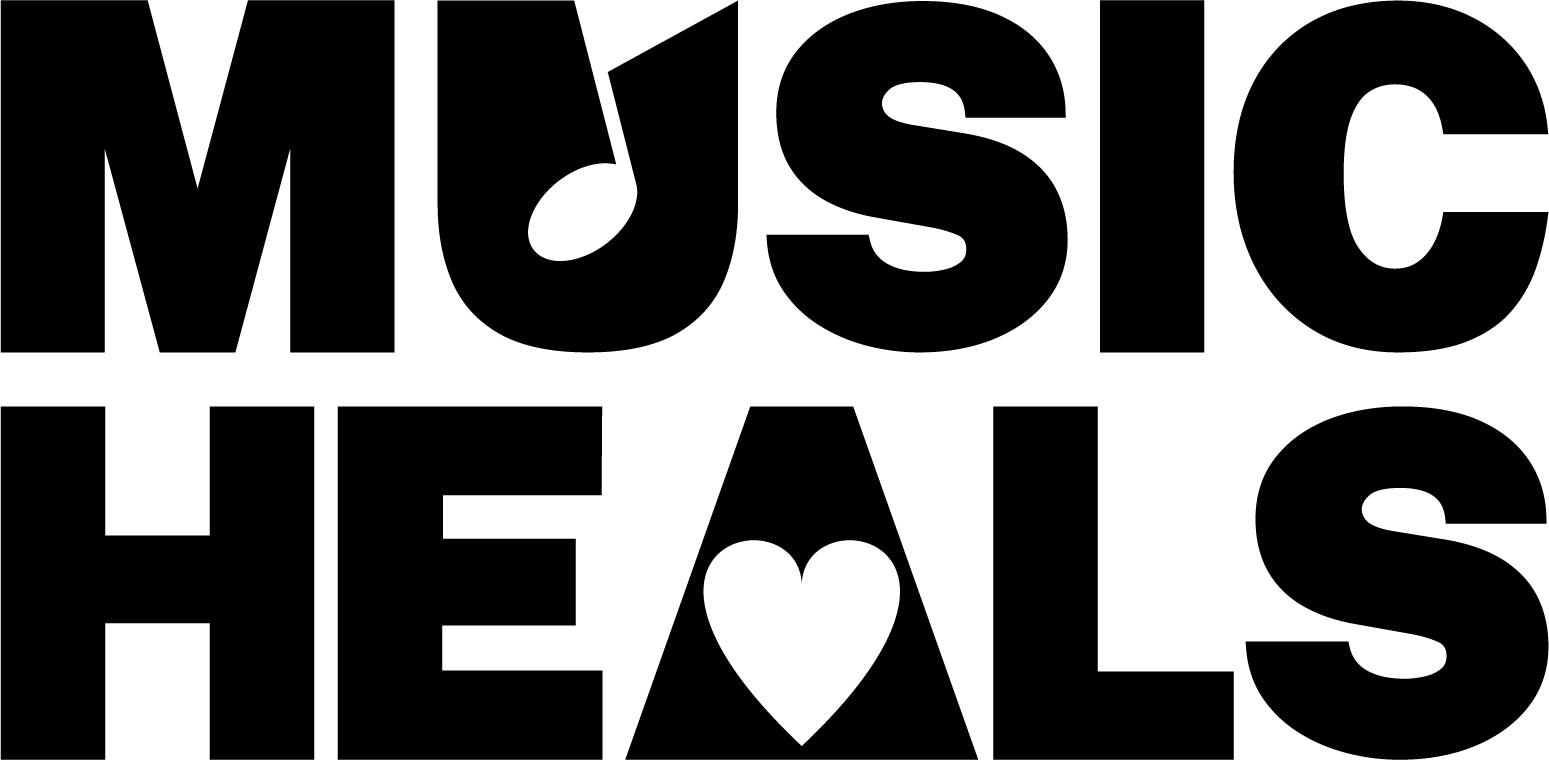The growing recognition that chemical dependency is a serious and pervasive problem in society accentuates the need for trained professionals who are able to work effectively with this population. There remains, however, no distinct agreement upon state-of-the-art treatment strategies, (James, 1988b). Addiction, whether to alcohol, drugs, or some other substance, is a multifaceted syndrome, and treatment must be based on a comprehensive assessment to determine what genetic, psychological, and/or environmental factors are supporting the individual’s behaviour.
In the treatment of addictions, music has been established as an adjunctive, highly adaptable modality that is valuable in the holistic approach recommended for addictions work (James, 1988a; Treder- Wolff, 1990a). Music therapists with the appropriate knowledge and training in addictions treatment can provide a vital service to this, population and be a valuable addition to the treatment community.
Because many researchers emphasize the need to treat the “whole person” as opposed to “their addiction” (see James, 1988a), music therapy is particularly suited to interdisciplinary treatment teams. Considering the diversity of both primary and secondary addiction-related problems, music therapy may meet a wide variety of individual goals. The clients need to explore their feelings and emotions, lack of self-esteem, and inability to appropriately use leisure time, and a loss of group identity, for instance, are all prominent concerns that can be addressed by music therapy.
Patterns of addiction and defense mechanisms can be ameliorated by the creative experience involved in music therapy. Music therapists can use the socializing influence of music, imprinting of social messages reflected in the music, as well as the deeply personal associations to the individual, to educate clients about the substance abuse and promote relation to a group. Music therapy utilizes the power of music to facilitate recognition of a common identity among clients, and recognition of common beliefs and problems, thereby opening pathways for communication necessary for both group interaction and personal change. Skills in relation building, self-expression, creative thinking, communication rather than isolation, and awareness out of denial are important by-products of the music therapy process, and are the cornerstones of health and recovery.
In the treatment of substance abuse, music therapy can:
Improve the perception and differentiation of feelings
The feelings and emotions of individuals with an addiction are often a mystery to those very people. In the addicted lifestyle, a variety of psychological defense mechanisms develop, including rationalizing, minimizing, manipulating, projecting, lying, and denying (James, 1988a). Music therapy has proven to be highly effective in breaking through these defenses and in aiding the individual in learning to recognize and acknowledge his or her emotions. The dynamic, open-ended nature of creativity, inherent in music therapy, is a threat to the rigid, self-perpetuating addictive system. Treder-Wolff (1990b) discusses how this creative experience can be used effectively to work through emotional conflicts and inner blocks that are obstacles to growth and change. Music therapy activities involving emotional exploration, such as music listening and discussion, lyric analysis and songwriting are particularly effective toward this end. Purdon-Ostertag (1986), in working with drug-dependent individuals who were particularly negative and complained of feelings of boredom or “nothing,” found that improvisation on these themes revealed quite concrete feelings.’ The music expressed anger, sadness, a sense of longing, disappointment and frustration. In the discussion and sharing that followed the improvisation the clients were able to acknowledge the existence of these feelings, differentiate between them, and explore them further.
Promote self-expression and self-awareness
Expressing the feelings and emotions that the addicted individual is learning to recognize and acknowledge is an important step in gaining self-awareness and taking responsibility for one’s addiction and recovery process. Songwriting or improvisation, for instance, may evoke expression of strong emotions in a safe, non-threatening environment. Song choices may also allow individuals to safely express themselves through projection into the song subject’s experiences. Lyric analysis, of original or existing songs, can focus on significant words that the chemically dependent person has written or chosen and encourage expression of the feelings underlying those words. As Freed (1987) suggests, through the process of lyric analysis, individuals learn new coping strategies and receive validation for their feelings. Adelman & Castricone (1986) contend that self-expression often precedes self-awareness. During group sessions, they heard many “Ah-ha’s” as group members grasped the significance of what they had expressed.
Raising awareness of societal and cultural myths about alcohol and other drug use also contributes to greater self-awareness. Much of this, can be achieved through, for instance, the use of commercial songs for beer, tobacco and other products that communicate the belief that to use these products is, to enhance socialization, performance, appearance and so on. Singing these commercials and creating new lyrics for them, consistent with the true nature of addiction, allows, clients to explore their feelings about being unable to control their use of harmful substances in a society that stigmatizes addicts while at the same time promoting substance use along certain socially acceptable lines (Treder-Wolff, 1990b).
Increase group cohesiveness and peer interaction
A key element in many treatment programmes is the development of positive peer and group interaction. The defense mechanisms that addicted individuals employ become barriers to healthy, functioning relationships. Isolationand inability to relate effectively become apparent as the individual loses trust in those around him or her. Clients’ participation in groups is limited by the denial active in the early stages of recovery. . Music therapy can engage clients in the treatment process without threatening needed defenses. Providing an initial structure but allowing for individual choice of songs, for example, allows these isolated individuals to share themselves in a non-threatening way with their peers, drawing them closer together (Treder-Wolff, 1990b). Activities such as songwriting can encourage interaction among group members, as they share experiences and feelings while working toward a common goal (Freed, 1987). A variety of music therapy activities can effectively reinforce group unity and cohesion, and facilitate clients’ ability to use the group for their own recovery (Treder-Wolff, 1990a). Songs such as “Lean On Me,” or ‘That’s What Friends Are For” can be used to explore the mutuality of need among peers in recovery and the reliable, supportive bond they share.
Enhance the development of a positive, healthy self-image
A more positive and healthy self-image begins to develop for substance abusers as they begin to recognize and acknowledge the thoughts and feelings associated with their addiction and to take responsibility for their own recovery. Music therapy can effectively enhance this process. By concurrently addressing issues of self-expression, increased self-awareness, and enhanced relatedness to others, the individual gains a strengthened conviction that each person has responsibility for the quality of his or her life (Adelman & Castricone, 1986). Involvement in the creative experience of music therapy stimulates creative thought and opens pathways to awareness of new possibilities. Music therapy provides the individual with the opportunity, in a non-threatening environment, to make choices, take risks,, and develop skills conducive to change in significant areas of life (Treder-Wofff, 1990b). Treder-Wolff (1990b) suggests that music therapy can effectively break the cycle of the addicted individual which feeds a negative self-image by actively engaging the “inner critic” and allowing clients an opportunity for expression, growth, and change.
Facilitate relaxation and stress reduction
Two theories underly relaxation training for individuals with substance abuse problems: (a) addiction can be caused or exacerbated by ineffective stress reduction or coping skills, and (b) improved relaxation skills will help clients maintain their sobriety (James, 1988b). There is a growing body of research in the music therapy literature that supports music-assisted relaxation and stress reduction (James, 1988a&b). Music therapy techniques can help clients learn to identify high-risk stress situations for themselves. Further, clients can engage in mutual problem-solving and create strategies to manage stress in the context of the music therapy group (Treder-Wolff, 1990b). Active relaxation techniques such as guided imagery, music-assisted biofeedback, and autogenic skills training can all be incorporated into music therapy groups (James, 1988b). The music therapist can assist clients in learning to use music listening and playing as a specific leisure activity to promote relaxation and, in this context, also address issues such as effective time management, self-discipline, and promotion of a healthy use of leisure time.




